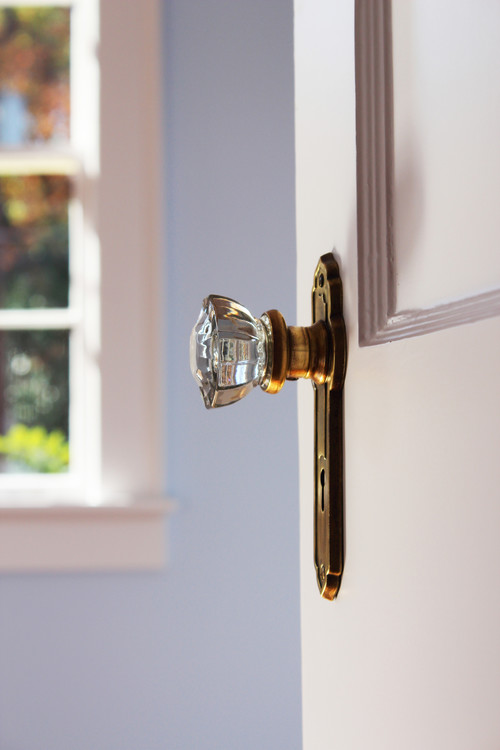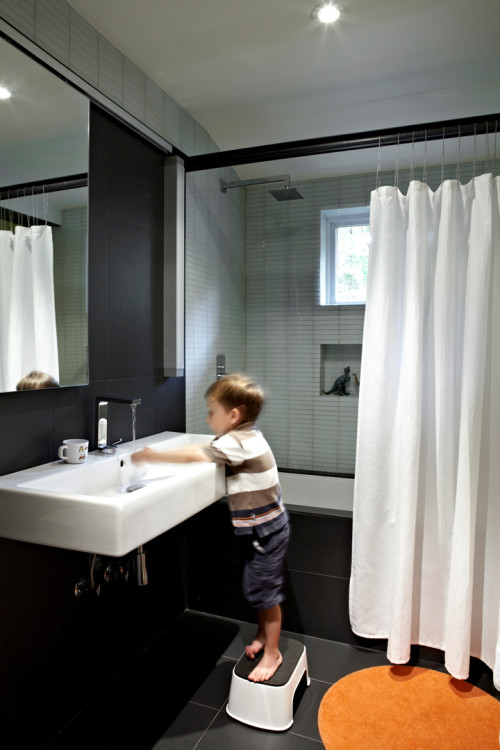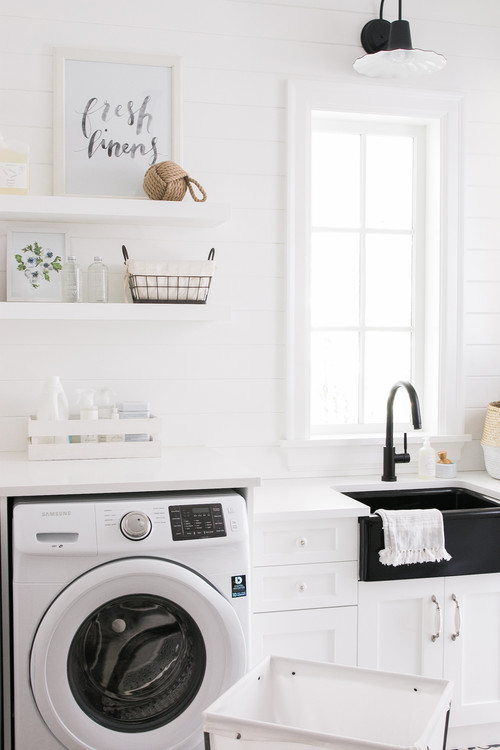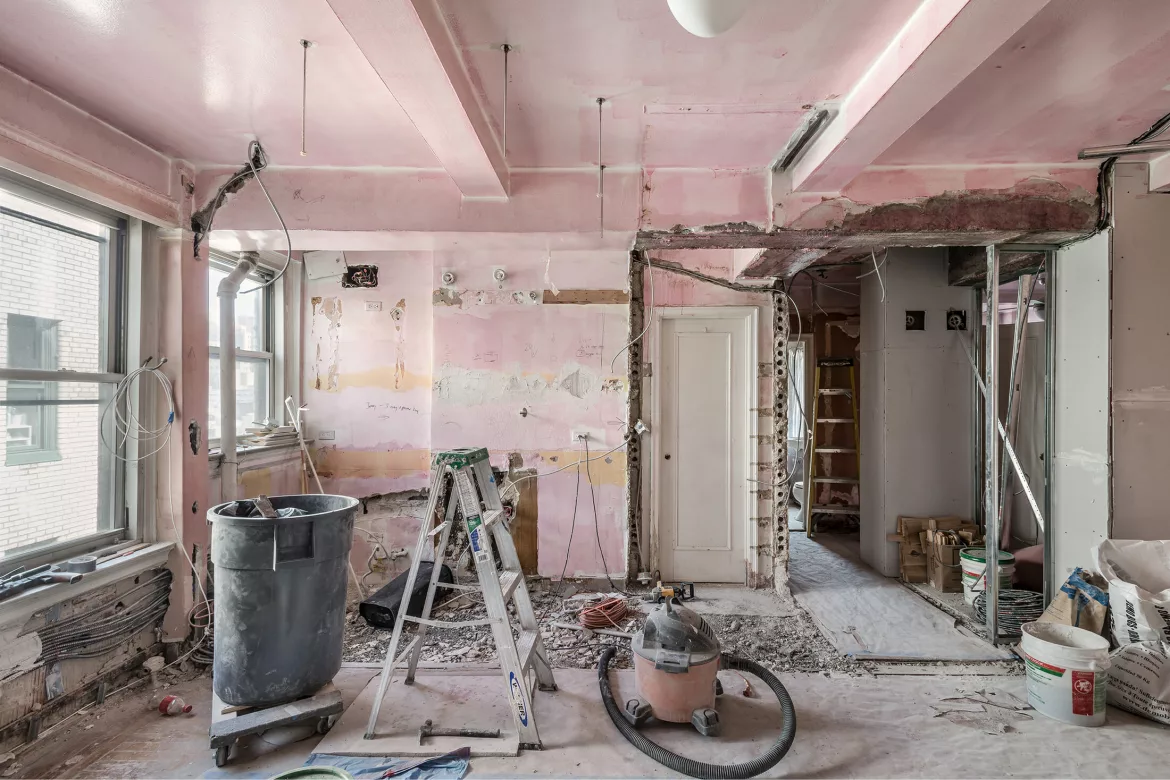(Above) Lavanya and Regis’ Sweeten
written by Lee Wallender October 28, 2020
Kitchen cabinets make up a large portion of a kitchen remodel budget. However, one way homeowners can control this cost is to buy IKEA cabinets.
IKEA offers low prices on its cabinets. IKEA’s cabinets are based on a flexible system that allows you to add components as needed.
How IKEA’s SEKTION cabinet system works
SEKTION is IKEA’s kitchen cabinet system. Base cabinets, wall cabinets, and high cabinets are the core parts of the SEKTION system. Cabinets and drawer fronts fit with the SEKTION system but go by different names.
Base cabinets
Base cabinets are lower cabinets that are mounted on the floor. They hold the countertop and the sink. IKEA base cabinets are 30 inches high and 24.75 inches deep. In addition, adding legs and a countertop brings the height up to 36 inches, which is the standard height for most kitchen base cabinets.
A complete IKEA base cabinet consists of the cabinet box, drawers and drawer fronts, and inner drawers and fronts. Drawer organizers are optional.
Wall cabinets
Wall cabinets are mounted on the wall and are attached to the studs. They hold plates and food items. Wall cabinets are usually mounted 20 inches above the base cabinets. Most of IKEA’s wall cabinets are 15 inches deep. A few of IKEA’s wall cabinets are 24 inches deep. These wall cabinets are typically mounted over refrigerators.
A complete IKEA wall cabinet consists of the cabinet box, doors, hinges, and shelves. Shelf inserts are optional.
High cabinets
High cabinets are mounted on the floor. They are intended for pantry items or small appliances. IKEA’s high cabinets are narrow—15 to 30 inches wide. Twenty-four inches is the most common width for IKEA’s high cabinets. High cabinets are either 80 inches or 90 inches high.
A complete IKEA high cabinet consists of the cabinet, fronts, and shelves. Doors and drawers are often included.
Drawers, shelves, and dividers
MAXIMERA and FORVARA soft-closing drawers and dividers come with the cabinets.
UTRUSTA shelves made either of MDF or of glass. Shelves are included. The UTRUSTA line comes with pegs that fit into the sides of SEKTION cabinets to hold up the shelves.
(Above) Roxana and Gabriel’s Sweeten
What are IKEA cabinets made of?
IKEA cabinet boxes are made of fiberboard and melamine foil. Cabinet doors and drawer fronts are made of fiberboard. They are covered in melamine foil, paint, wood, or glass.
IKEA cabinet boxes
Fiberboard is made from a mixture of wood chips and resins. Wood chips are pressed together with heat and high pressure to form boards. Fiberboard must always be coated for durability.
IKEA cabinet and drawer fronts
Currently, IKEA offers 18 cabinet and drawer front styles. All of the fronts have a contemporary style. The cabinet front profile options include slab, beveled, beadboard, and Shaker.
IKEA has one natural wood veneer cabinet front. The TORHAMN cabinet fronts are covered in real ash wood veneer.
IKEA fronts are either a solid color, wood effect, or real wood grain. Except for white, the solid colors veer toward darker or earthen tones: gray, brown, black, or green. The style and texture of the fronts affect the price.
IKEA’s lowest-priced and most basic cabinet front is HÄGGEBY. It is a white slab-style cabinet.
IKEA’s highest cost cabinets have high-gloss and wood effect cabinet fronts. RINGHULT is a high-gloss white. VOXTORP is the highest price cabinet front. VOXTORP has a walnut effect and a high-gloss light beige.
IKEA does have one low-priced wood effect cabinet front: ASKERSUND. This cabinet has a light ash wood effect with horizontal wood grain.
Quality: Are IKEA cabinets good?
IKEA cabinets are well-designed to be structurally sound. All fasteners that hold the cabinets together are internal and invisible. Euro-style hinges on the doors are soft-closing and hidden. The drawers are also silently self-closing.
SEKTION kitchen cabinets have a 25-year limited warranty. This warranty covers all components of a SEKTION cabinet system. The policy warrants against defects in materials and work. IKEA will either repair or replace any defective part of the SEKTION system.
Take note: IKEA states that its natural wood and light lacquered (painted) surfaces may yellow with age. As a result, exposure to light will contribute to this aging.
One key to maintaining the IKEA SEKTION system is regular maintenance. Specifically, you’ll need to protect your SEKTION cabinets from heat and humidity. Fiberboard can swell when it absorbs moisture. Therefore, avoid letting coffee makers or dishwashers steam under or against SEKTION cabinets. Also, make sure to wipe up any spills in your cabinets.
(Above) Sally and Ross
Whether a kitchen needs updating or the style just isn’t your taste, the price point of stock cabinetry, like IKEA cabinets, helps stretch a budget. Feeling inspired to use IKEA cabinets in your own kitchen renovation project? Contact ACR Pro Contractors Today! Click below to start the quotation process.
